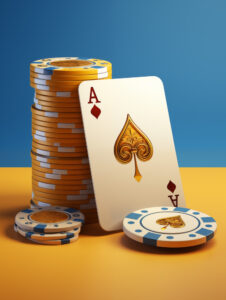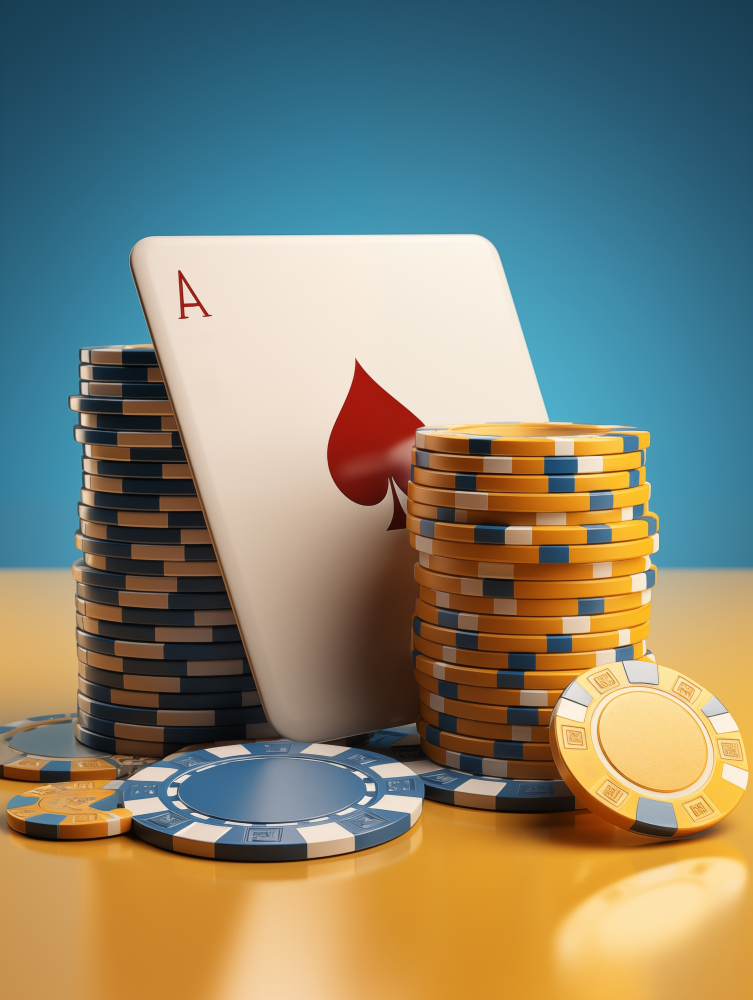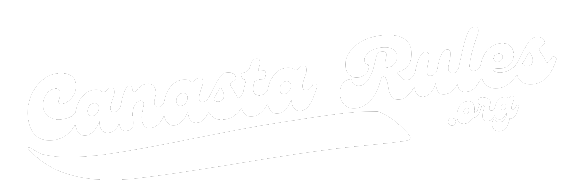
Welcome to CanastaRules.org! Whether you’re a novice eager to learn or a seasoned player looking to refine your skills, our comprehensive guide to Canasta rules will help you master this exciting card game. Canasta is a game of strategy, skill, and a bit of luck, popular worldwide since its creation in Uruguay in the 1940s. Let’s dive into the rules, variations, and strategies that make Canasta an enduring favorite.




Canasta, part of the rummy family of card games, is typically played with four players divided into two teams. The objective is to create melds of seven cards of the same rank, known as “canastas,” and score points over a series of hands. The game uses two standard decks of cards, including four jokers, making a total of 108 cards.

Number of Players
The primary goal in Canasta is to form melds and canastas to score points. The game continues until a team reaches the agreed-upon point total, typically 5,000 points.
Each player’s turn consists of:
The discard pile is “frozen” if it contains a wild card or red three. To pick up a frozen pile, a player must use two natural cards matching the top card.
Canasta is a card game from the rummy family, typically played by four players in two partnerships. The aim is to form melds of seven cards of the same rank, called canastas, and accumulate points.
Canasta uses two standard decks of cards, including four jokers, making a total of 108 cards.
Canasta is usually played by four players in two teams. However, there are variations for two or three players.
Jokers and twos (deuces) are wild cards in Canasta. They can substitute for any card in a meld.
The discard pile is frozen if it contains a wild card or a red three. To pick up a frozen pile, a player must use two natural cards matching the top card of the pile.
A round ends when a player goes out by melding all their cards. The game ends when a team reaches the target score (usually 5,000 points).
Stay updated with the latest news, tips, and strategies in the world of Canasta by joining our newsletter! Whether you’re just starting out or you’re a seasoned pro, our newsletter offers valuable insights and exclusive content that you won’t find anywhere else.

Welcome to CanastaRules.org, your ultimate destination for everything related to the exciting card game of Canasta. Our mission is to provide comprehensive, clear, and engaging content to help players of all levels enjoy and master Canasta. Whether you’re new to the game or a seasoned player, we are here to enhance your experience with detailed rules, strategies, and resources.